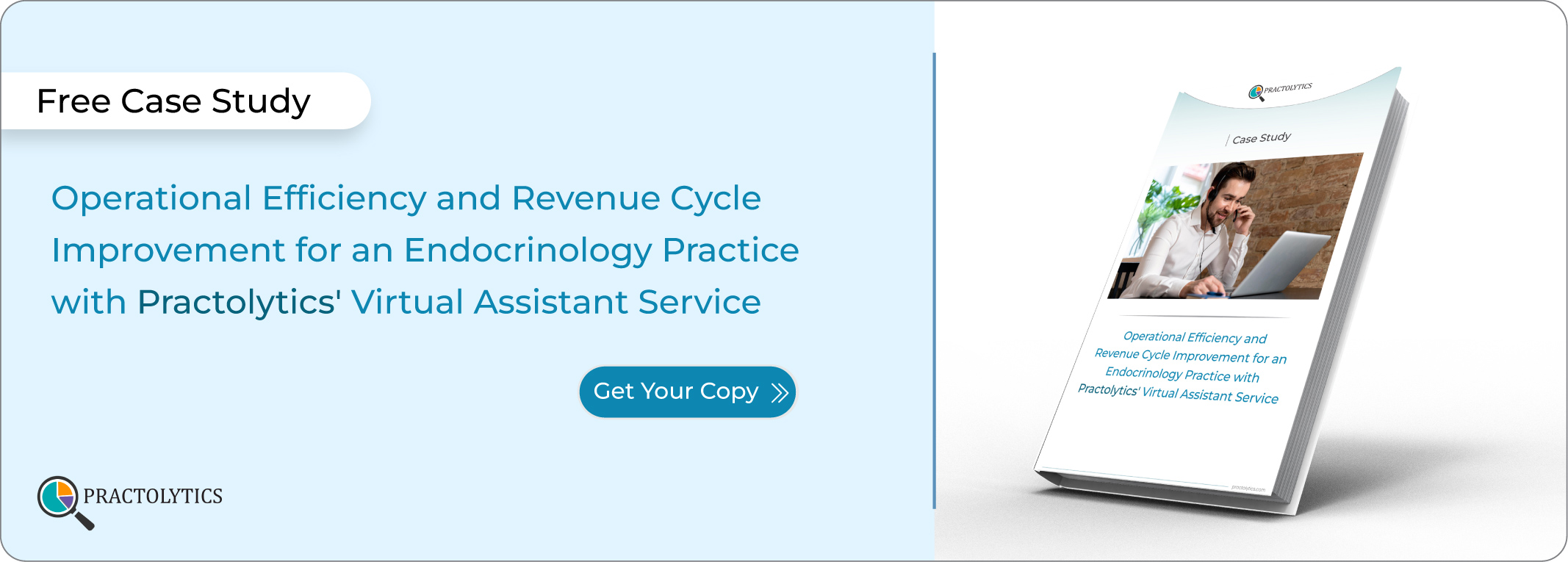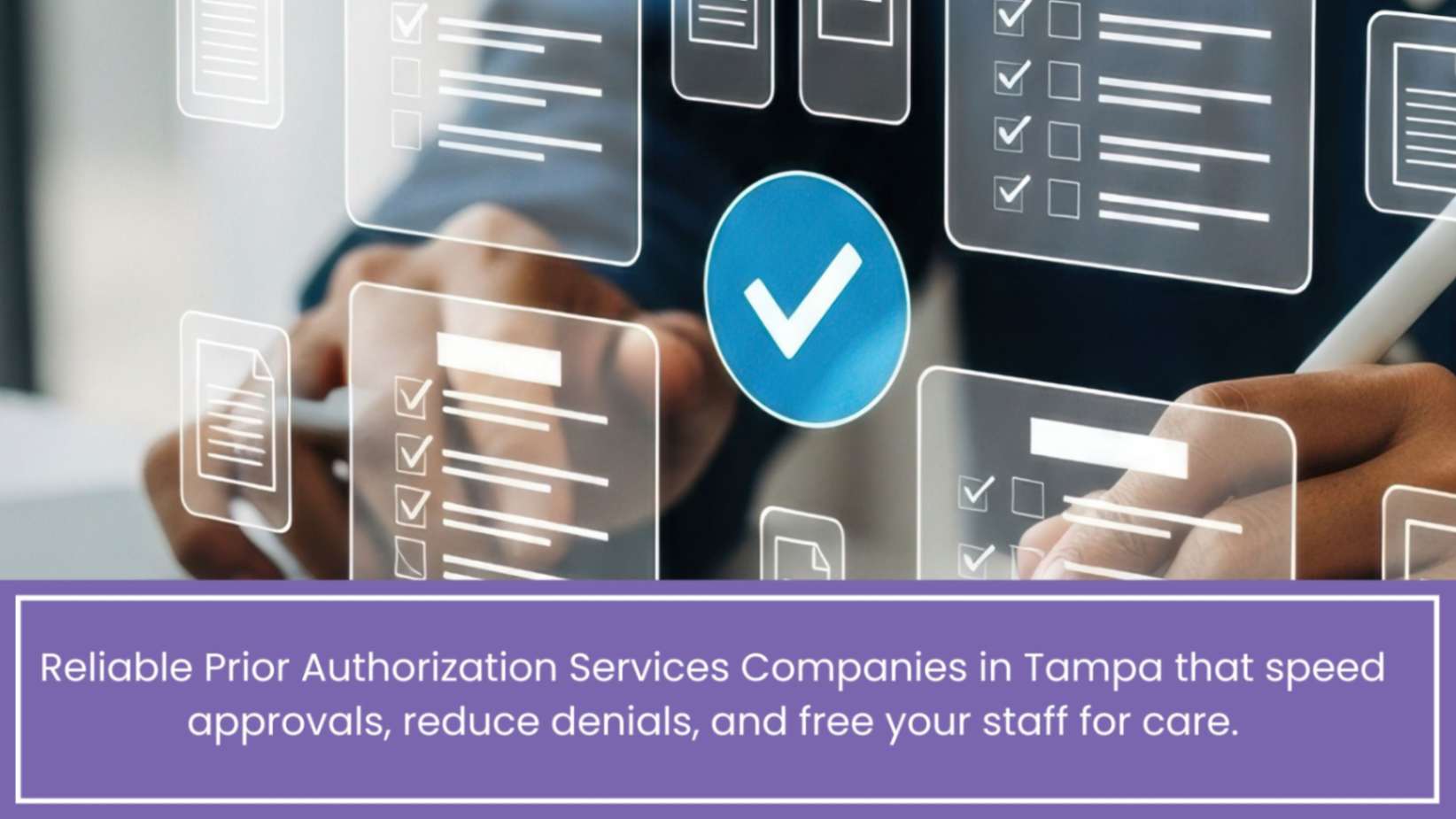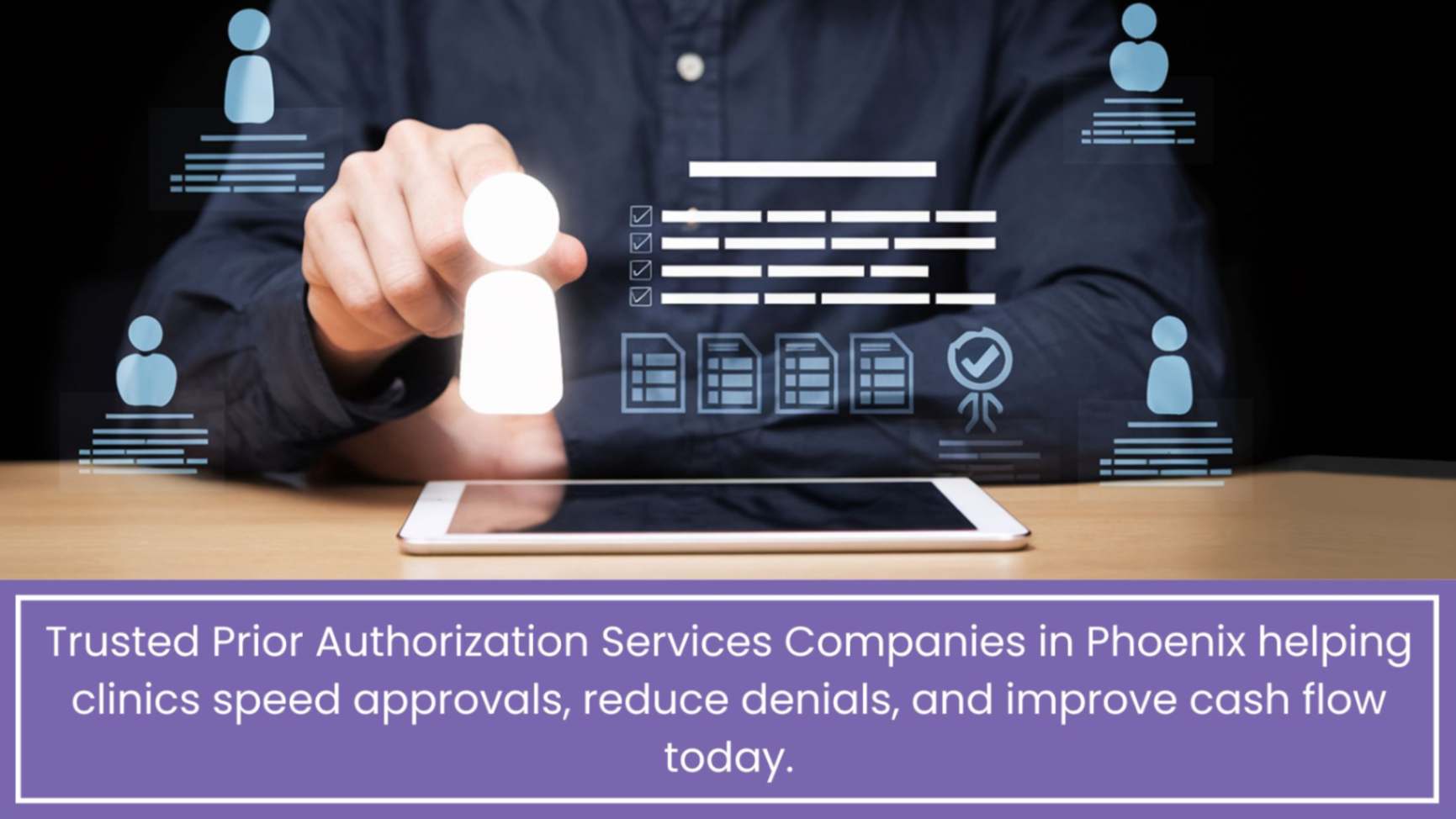ROI of Virtual Medical Assistants | Practolytics
Money talks. When evaluating the ROI of Virtual Medical Assistants, the question is simple: will it pay for itself? Most practices see returns in under a year. Let’s explore the numbers, real success stories, and how to calculate your own ROI.
Table of Contents
The Four ROI Pillars
- Labor Savings
Offloading receptionist or call-center tasks can save $2,000–$5,000 per full-time employee each month.
2. Fewer No-Shows
Automated reminders slash missed visits by 20–30%, recovering hundreds of dollars per appointment.
3. Extended-Hours Revenue
24/7 booking taps into late-night and weekend demand—just a 5–10% bump adds up fast.
4. Operational Efficiency
Faster insurance checks and refill requests free up clinical staff and speed up cash flow.
2. Case Studies That Impress
- OSF HealthCare
- Invested $600K in a “digital front door.”
- Recouped $2.4 M in a year: $1.2 M from call-center savings, $1.2 M from new visits.
2. Specialist Clinic
- High receptionist turnover and voicemail backlog.
- Deployed a virtual assistant—slashed staffing costs by 75%, boosted bookings by 20%, and redeployed staff into patient education.
3.Pediatric Group
- wanted more after-hours bookings.
- Evening slots went from 40% to 80% filled in three months.
3. DIY ROI Calculation
- Baseline Costs
Annual payroll for scheduling roles + revenue lost to no-shows + after-hours callback costs.
2. VA Investment
Subscription fees + one-time setup and training + integration costs.
3. Projected Gains
Staff hours offloaded × hourly wage + recovered no-show revenue + new booking revenue.
4. Crunch the Numbers
Payback Period: First-year investment ÷ annual net savings. ROI %: (Net savings – investment) ÷ investment × 100
4. Sample Math in Action
- Costs: $120K payroll + $30K no-show fees + $10K callbacks = $160K
- VA fees: $60K/year + $10K setup = $70K
- Receipts: $80K staff + $15K no-shows + $10K new bookings = $105K
- Payback: $70K ÷ $105K ≈ 8 months
- ROI: ($105K – $70K) ÷ $70K × 100 ≈ 50%
5. Keep Improving
- Dashboards: Check call volumes and no-show rates monthly.
- Surveys: Get feedback from patients and staff.
- Expand Features: Consider refill requests, lab notifications, etc., once scheduling has proven itself.
6. The Extras You Can’t Ignore
- Patient loyalty: Many patients turn into company proponents through a smooth experience.
- Staff morale: Staff can now focus on the work they enjoy most—patient care.
- Edge over competition: Early adopters are patient-first tech leaders.
Wrapping Up
Virtual medical assistant services aren’t a luxury—they’re an intelligent investment. With calculations that include labor savings, potential time recovered from no-shows, revenues generated during extended hours, and gains in efficiency, the payback generally comes in under a year, with continuous benefits accruing thereafter. In Practolytics, we aid in setting the right metrics, closely following them, and scaling their features after proving the value. Let’s start growing through automation.
Read More – From Chaos to Efficiency: A Small Practice’s Journey with a Virtual Assistant
Talk to Medical Billing Expert Today — Get a Free Demo Now!






